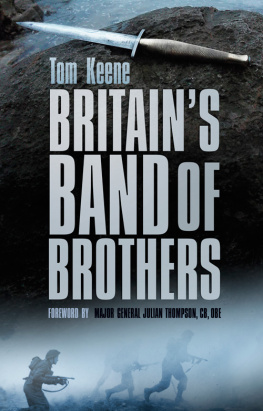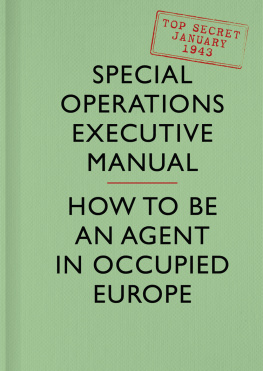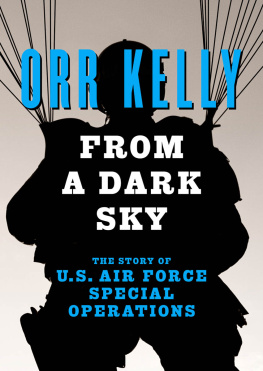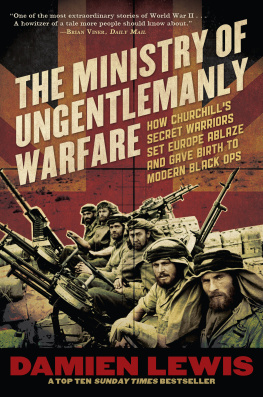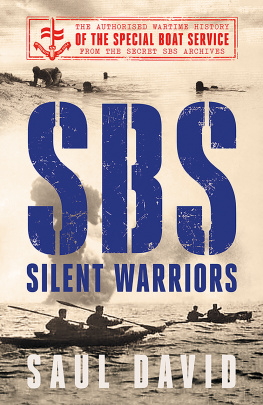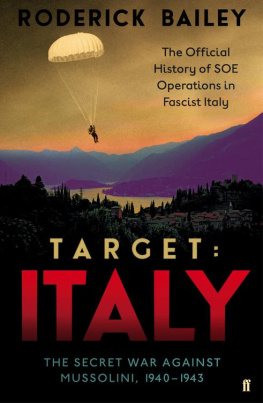First published in Great Britain in 2014 by Quercus
This edition first published in 2014 by
Quercus Editions Ltd
55 Baker Street
Seventh Floor, South Block
London
W1U 8EW
Copyright 2014 by Damien Lewis
The moral right of Damien Lewis to be identified as the author of this work has been asserted in accordance with the Copyright, Designs and Patents Act, 1988.
All rights reserved. No part of this publication may be reproduced or transmitted in any form or by any means, electronic or mechanical, including photocopy, recording, or any information storage and retrieval system, without permission in writing from the publisher.
A CIP catalogue record for this book is available from the British Library
HB ISBN 978 1 84866 917 8
EBOOK ISBN 978 1 84866 854 6
TPB ISBN 978 1 84866 853 9
Every effort has been made to contact copyright holders of material reproduced in this book. If any have been inadvertently overlooked, the publishers will be pleased to make restitution at the earliest opportunity.
Plate section credits (plates numbered in order of appearance)
Imperial War Museum, London: 1, 2, 3, 7, 10, 13, 14, 15, 16, 17, 18, 19 and 20
The National Archives, Refs HS9/48/1; HS9/680/5(1); HS2/89/2(1): 4, 5 and 6
Bundesarchiv/Bild 183-B10713/Krempl/Sammelplatz: 9
Reproduced by kind permission of Jack Mann: 8, 11 and 12
You can find this and many other great books at:
www.quercusbooks.co.uk
There comes out of the sea from time to time a hand of steel which plucks the German sentries from their posts with growing efficiency.
Winston Churchill
Acknowledgements
Very special thanks are due to those veterans who I was able to interview, or who granted me access to their interviews, and in many cases gave of their time, their memories and opened their archives to me freely, not the least of whom is Jack Mann. Thanks also to Iain Farmer and Anders Sandberg, producers of the forthcoming film Raiders, which tells of the life of Anders Lassen and his fighting men, who first inspired me to look further into the extraordinary story as told in these pages. Thanks also to Paul and Anne Sherratt for reading the early drafts and for perceptive and constructive criticism and feedback.
I am especially grateful to my publishers, Quercus, and to Richard Milner, Josh Ireland, Charlotte Fry, Patrick Carpenter, David North, Jane Harris, Dave Murphy, Ron Beard, Caroline Proud, Hannah Robinson and everyone who helped bring this book to fruition. I am again grateful to my researcher, Simon Fowler, for exhaustive research work in The National Archives, The Imperial War Museum and at various other venues. Thank you, once again, for unearthing those untold stories and those secrets that were waiting to be found.
I am also indebted to those authors who have previously dealt with the topics that I have covered in this book and on whose work I have relied here. In alphabetical order they are: W. E. Benyon-Tinker (Dust Upon The Sea); Thomas Harder (Anders Lassens War), Peter Kemp (No Colour Or Crest), Charles Koburger (Wine-Dark, Blood Red Sea), James D. Ladd (SBS The Invisible Raiders), Mike Langley (Anders Lassen VC, MC), Suzanne Lassen (Anders Lassen VC), Brian Lett (Ian Fleming and SOEs Operation Postmaster; The Small Scale Raiding Force), John Lodwick (The Filibusters) and Gavin Mortimer (The SBS In World War Two).
Thanks once again to my wife, Eva, and to David, Damien Jnr and Sianna-Sarah, for putting up with Dad being locked away in his study, writing.
Cork, Ireland, 2014
Authors Note
There are sadly few if any survivors from the Special Forces operations of the Second World War depicted in these pages. Throughout the period of the research and writing of this book I have endeavoured to be in contact with as many of those who do exist, plus surviving family members of those who have passed away. If there are further witnesses to the stories told here who are inclined to come forward, please do get in touch with me, as I may be able to include further recollections on the operations portrayed in this book in future editions.
The time spent by Allied servicemen as Special Operations Executive (SOE) agents and/or Special Forces operators, or as captives of the enemy were often deeply traumatic, and many chose to take their stories to their graves. I am very grateful to those few who felt able to provide their testimonies (some of whom have now sadly passed away). Memories tend to differ and apparently none more so than those concerning often confused and frenetic operations behind enemy lines. The few written accounts that do exist of such missions also tend to vary in their detail and timescale, and locations and chronologies are often contradictory. That being said I have done my best to provide a comprehensible sense of place, timescale and narrative to the story as told in these pages.
Where various accounts of a mission appear to be particularly confused the methodology I have used to reconstruct where, when and how events took place is the most likely scenario. If two or more testimonies or sources point to a particular time or place or sequence of events, I have opted to use that account as most likely. Where necessary I have recreated small sections of dialogue to aid the storys flow.
The above notwithstanding, any mistakes herein are entirely of my own making, and I would be happy to correct any in future editions. Likewise, while I have endeavoured to locate the copyright holders of the photos, sketches and other images used in this book, this has not always been straightforward or easy. Again, I would be happy to correct any errors in future editions.
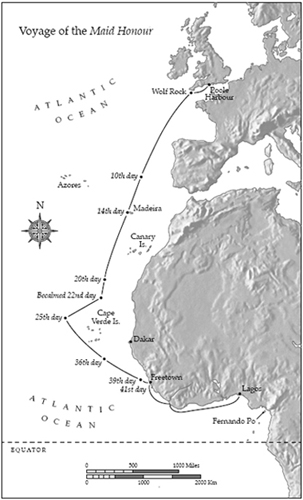
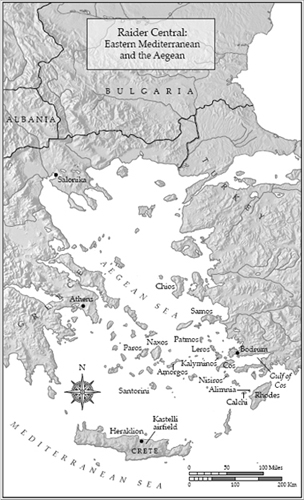
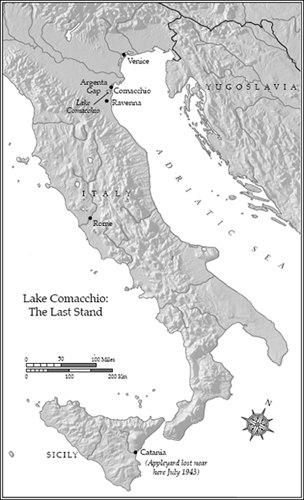
For Jack Mann,
whose hand of steel remains firm to this day.
And for those other butcher-and-bolt raiders
who have sadly passed away.
We will remember them.
Chapter One
3 July 1943, Kastelli Airbase, Crete
The goats wandered across the dry, dusty terrain nibbling here and there at whatever vegetation they could find. Ahead of them loomed the wire-mesh fence of the German airbase. A low bush still possessing some succulent greenery grew right on the fence line. It drew the hungriest animals. To get to the highest branches they had to stand on their hind legs, forehooves resting on the wire itself.
Two figures followed in the animals wake. They were dressed like local goatherds, wrapped in traditional loose, dirty-grey robes and shawls. As they tried to restrain the animals, pulling them back from the wire without much success, a pair of Junkers Ju-87s landed on the airstrip, the roar of their propellers drowning out the goatherds cries to their animals.
The two men eyed the hated Stuka dive-bombers, whose Jericho-Trompete screaming sirens could strike terror into even the most hardened of operators. There were six further Ju-87s sitting on the runway, plus a handful of the larger Ju-88 Schnellbombers Hitlers much-vaunted warplanes.
No doubt about it, Kastelli Airbase was getting busy. Along with the handful of sleek Messerschmitt fighter planes and Storch reconnaissance aircraft that also dotted the runway, there were a plethora of juicy targets to choose from.
Next page



